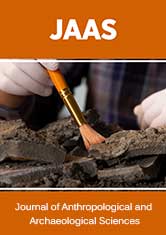
Lupine Publishers Group
Lupine Publishers
Menu
ISSN: 2690-5752
Opinion article(ISSN: 2690-5752) 
Radical and Non-Radical Orthodoxy in the Anthropology of Religion Volume 9 - Issue 4
Michael Allen*
Department of Ecotourism and Wildlife Management, Federal University of Technology, Akure
Received: June 08, 2024; Published: June 27, 2024
Corresponding author: Michael Allen, Department of Philosophy, East Tennessee State University, United States
DOI: 10.32474/JAAS.2024.09.000318
Introduction
If the anthropology of religion incorporates the relationship of the social to the cosmological order, then it has proven to be remarkably inattentive to the Christian radical orthodoxy movement. This late twentieth/early twenty-first century movement emerged in the 1990s from the work of the English theologian, John Milbank.
John Milbank casts secular modernity as founded in mythology and narrative as opposed to science and reason. He contends every vison of reality has its own narrative history, having grown and developed within a particular culture and period. Indeed, secular modernity is no different. Milbank thus claims the secular is just one more story. However, this is an essentially nihilistic story of the world as radically “separated from the stories and practices of the Christian faith”.
On Milbank telling of this story, secular modernism is not about progress in tolerance and reason, but rather pervasive malignancy and violence, a relentless striving for domination, authoritarianism and conquest. Reducing the secular to an especially pernicious modern myth of science and reason, he asserts there is no reason in scientific truth or material reality why secularism should be the norm.
Changing the narrative, Milbank insists that once, “there was no secular”. Looking back to medieval Christendom, he contrasts the secular with the saeculum. According to Milbank:
The saeculum, in the medieval era, was not a space, a domain, but a time—the interval between fall and eschaton where coercive justice, private property, and impaired natural reason must make shift to cope with the unredeemed effects of sinful humanity [1].
Substituting medieval saeculum for modern secular, he appeals to a “Postmodern Critical Augustinian” vision of heavenly peace in the earthly City of God. This is a vision of peace in which the dynamic and binding power of divine purpose and illumination once more becomes “the glue that holds the world together.”
Augustine stood on a threshold between paganism and the rise of Christendom, but the proponents of radical orthodoxy now stand, “on the other side of history [2].” By contrast with Augustine, Milbank contends Christians new stand at the end of Christendom with the emergence of the new paganism of postmodernism. Distinct from modernity’s purported commitments to the universal values of tolerance and reason, postmodernity is committed overtly to power and violence.
On the one hand, Milbank’s postmodern critical Augustinianism is ‘radical’ because it brings Augustine’s vision of social order as divine illumination to the late twentieth, early twenty first century worlds. On the other hand, it is also ‘orthodox’ because it embodies a “straightforward sense of commitment to credal Christianity [3].”
In his estimation, commitment to the Christian creed – and to seeing all knowledge through the critical Augustinian lens of divine purpose and illumination – resists the violence of secular modernism and pagan postmodernism. It does so by “making [Christian practice] strange” again. This means finding for it, “a new language less tainted by the overfamiliarity of too many Christian words, which tend to obscure Christian singularity.”
Going beyond secular reason by making it strange and exciting again, Christianity “must seek to master and defeat all other stories, because it is the only story which is able to renounce mastery and domination.” For, in the end, only Christianity can tell a story about everything which is at the same time a story of peace. And it can do this because those who tell the Christian story participate in the mind of God [4].
Nevertheless, telling a story and participating in God’s mind entails rejecting Duns Scotus’ doctrine of univocity. This asserts that words used to describe God mean the same thing as when they apply to people or creatures. Applying the exact same meanings to God and creatures, univocity leads to secularism and the power and violence of pagan postmodernity [5].
By contrast, the Christian story of peace and of those telling this story participating in God’s mind may be understood analogically. Here Milbank appeals to Saint Thomas Aquinas’ doctrine of analogy. According to this doctrine, words applied to God have meanings different from, but related to, the same words applied to creatures. Consequently, those participating in God’s mind may be said analogically to speak God’s voice. Likewise, the word ‘peace’ in the Christian story is different from, but related to, the same word applied to God.
Despite its repudiation of secular modernism and postmodern paganism, Milbank’s analogical approach points the institutions of a modern secular liberal democracy. This inevitably leaves the radical orthodoxy movement looking less radical than it first appears. In this respect, Aristotle Papanikolaou contends an analogical reading of “divine illumination” is compatible with the modern secular liberal values of respect for rights and toleration of pluralism. He supports this contention by appealing to the orthodox Christian principle of principle of Theosis, that is, partaking the Divine Nature through everyday political action in a community of neighbors who may also be strangers [6].
Theosis has everything to do with politics because the political arena is where you have to confront the stranger, the person most unlike you, that you don’t agree with, that doesn’t share your beliefs [7].
Indeed, the political arena is, the place where you work out this commandment that Jesus gave: to love God with all your heart, mind, and soul, and to love your neighbor as yourself. You don’t just do that in church; you do it in the midst of your political community [8-11].
This is done by affirming “rights and pluralism – even if you disagree.”
By contrast with Milbank, Papanikolaou thus presents Theosis as a nonradical orthodox movement to forestall the ‘end of Christendom’ in a democracy enacting liberal values that is neither longer a species of unilluminated secular modernism nor of violent postmodern paganism [12,13]. From the standpoint of the anthropology of religion, radical and nonradical orthodoxies represent profound efforts by religious thinkers to think through the relationship of the social to cosmological order appealing to the fundamental human need for story and analogical participation in God’s mind.
References
- De Benoist Alain and Charles Champetier (1999) The French New Right in the Year 2000, Telos 115(1): 117-144
- Francois Stephanie, Tamir Bar On (2014) The Nouvelle Droite and Tradition, Journal for the Study of Radicalism 8(1): 87-106.
- Mercuri Joanna (2024) Theologian Unites Orthodoxy and Democracy,” interview with Aristotle Papanikolaou, Fordham News, November 8, 2012. Accessed January 4.
- Shakespeare, Steven (2007) Radical Orthodoxy: A Critical Introduction. London: SPCK.
- Sedgwick Mark (2023) Traditionalism: The Radical Project for Restoring Sacred Order. Oxford: Oxford University Press.
- Key Thinkers of the Radical Right: Behind the New Threat to Liberal Democracy. (Oxford: Oxford University Press, 2019)
- Shakespeare Steven (2007) Radical Orthodoxy: A Critical Introduction. London: SPCK.
- Sedgwick Mark (2023) Traditionalism: The Radical Project for Restoring Sacred Order. Oxford: Oxford University Press.
- Papanikolaou Aristotle (2012) The Mystical as Political: Democracy and Non-Radical Orthodoxy. University of Notre Dame Press.
- Milbank, John (2006) Theology and Social Theory: Beyond Secular Reason, 2nd edition. Malden, MA/Oxford: Blackwell 1990.
- Postmodern Critical Augustinianism (1991) Modern Theology 7(3): 225-237
- And Graham Ward and Catherine Pickstock, Radical Orthodoxy: a New Theology. London. NY: Routledge, 1999.
- Reno R R (2000) “The Radical Orthodoxy Project.” First Things 100, February.

Top Editors
-
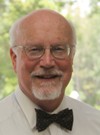
Mark E Smith
Bio chemistry
University of Texas Medical Branch, USA -
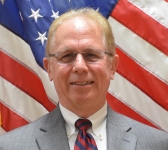
Lawrence A Presley
Department of Criminal Justice
Liberty University, USA -

Thomas W Miller
Department of Psychiatry
University of Kentucky, USA -
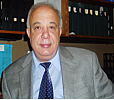
Gjumrakch Aliev
Department of Medicine
Gally International Biomedical Research & Consulting LLC, USA -
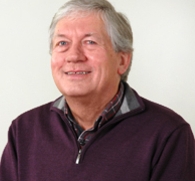
Christopher Bryant
Department of Urbanisation and Agricultural
Montreal university, USA -
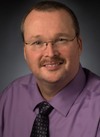
Robert William Frare
Oral & Maxillofacial Pathology
New York University, USA -
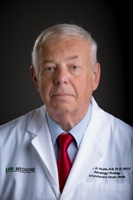
Rudolph Modesto Navari
Gastroenterology and Hepatology
University of Alabama, UK -
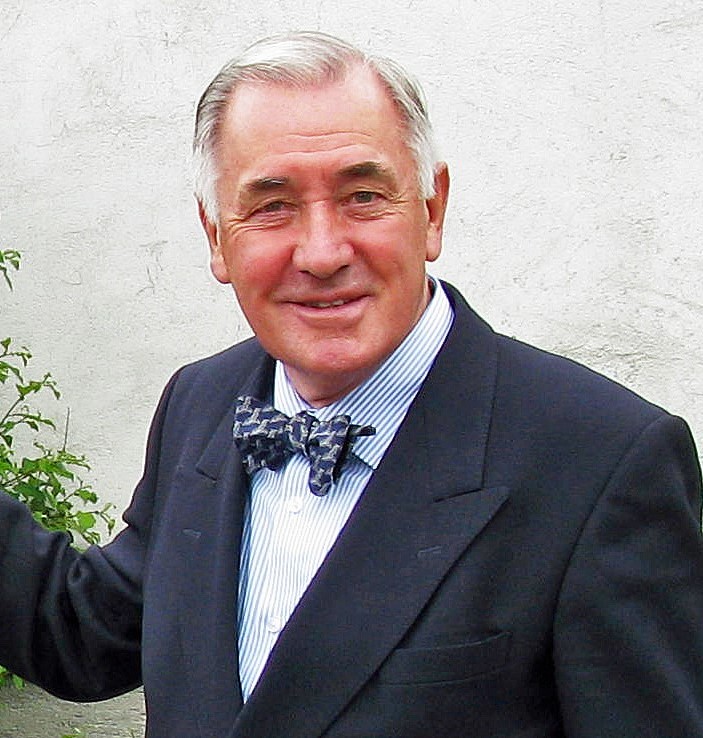
Andrew Hague
Department of Medicine
Universities of Bradford, UK -
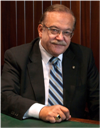
George Gregory Buttigieg
Maltese College of Obstetrics and Gynaecology, Europe -
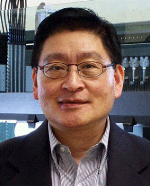
Chen-Hsiung Yeh
Oncology
Circulogene Theranostics, England -
.png)
Emilio Bucio-Carrillo
Radiation Chemistry
National University of Mexico, USA -
.jpg)
Casey J Grenier
Analytical Chemistry
Wentworth Institute of Technology, USA -
Hany Atalah
Minimally Invasive Surgery
Mercer University school of Medicine, USA -

Abu-Hussein Muhamad
Pediatric Dentistry
University of Athens , Greece

The annual scholar awards from Lupine Publishers honor a selected number Read More...




